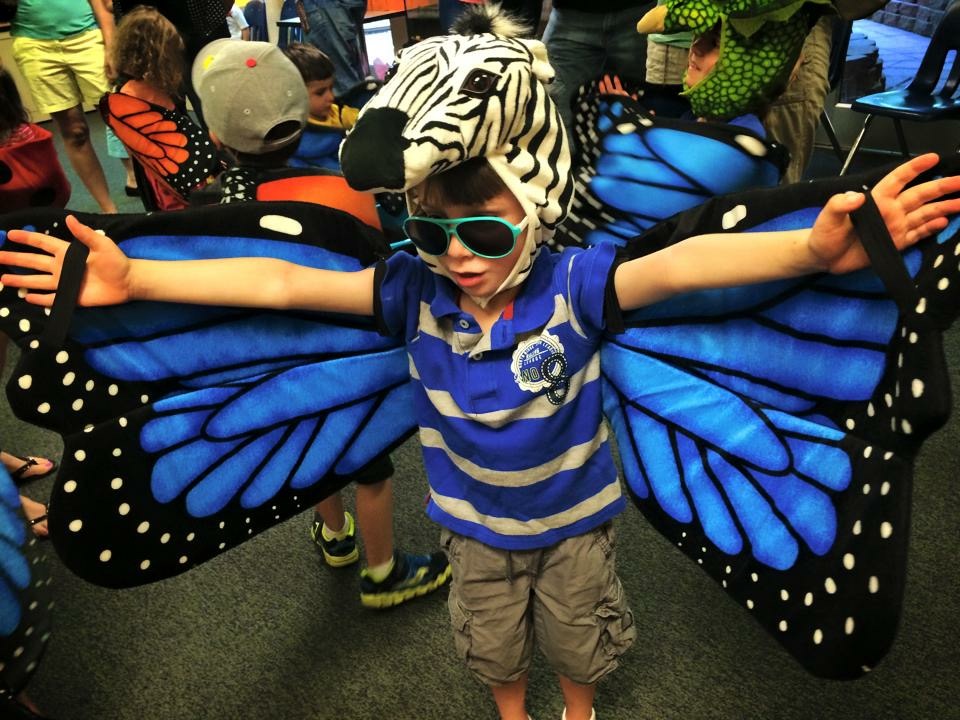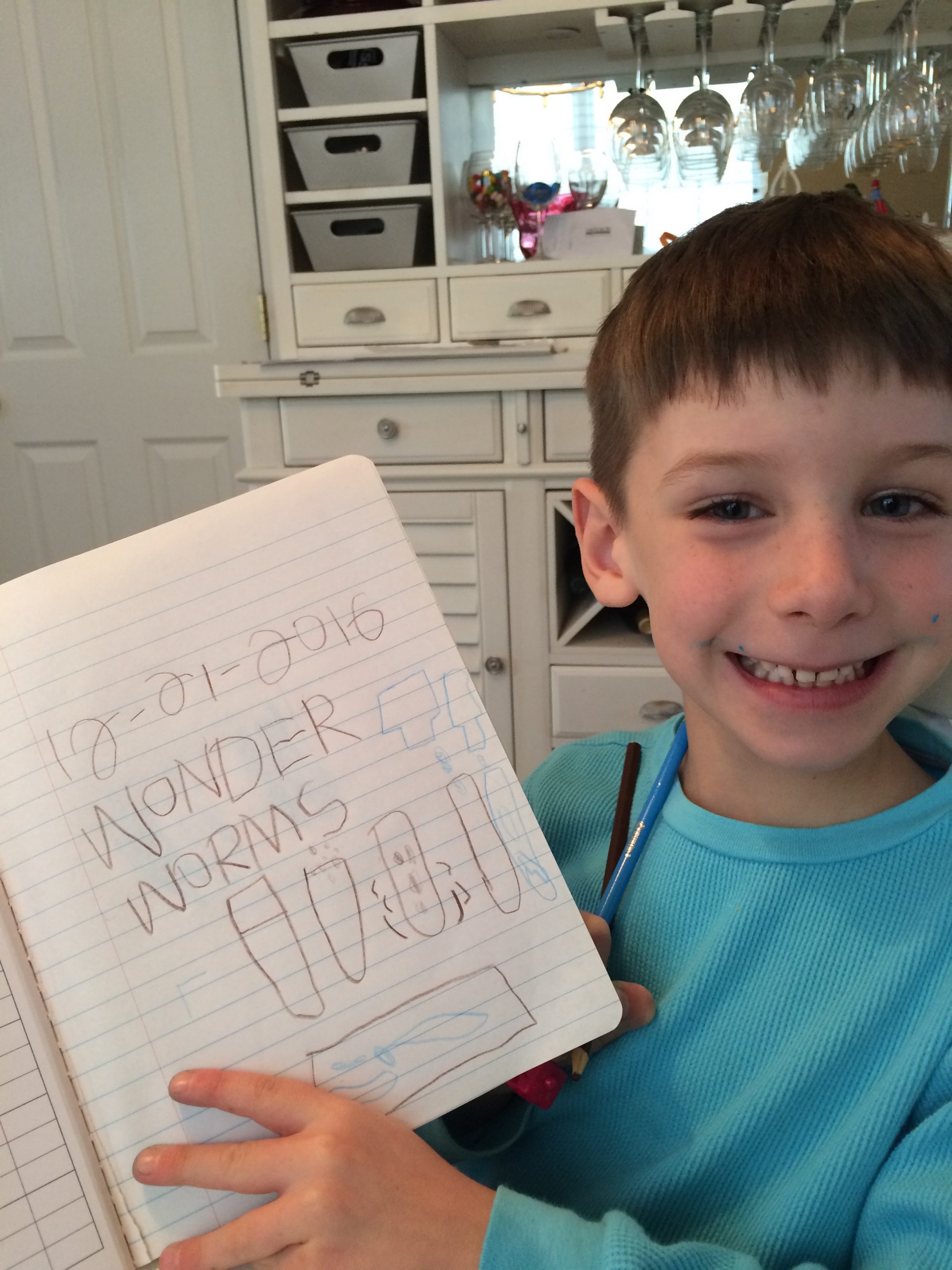Respect for students, including LGBTQ, needs to be addressed in schools. Many schools begin in middle or high school, supporting the rights of all students. However, elementary schools need to provide the foundation for respect for all students.
Understanding the emotional needs of all students needs to be addressed. Students need to understand themselves and their peers. The school’s social environment provides the opportunity to develop friendships that include complex relationships. Often, complex relationships lead to hurtful and biased language. When ignored by adults, these behaviors embed in the minds of students.
Elementary schools recently have an increase in students identifying as LGBTQ. Statistics find 1 in 8 students does not conform to ‘traditional’ gender roles. Thus, these students face a threatening learning environment. They face gossip and feel unsafe. GLSEN is an organization that supports students.
Respect Taught to All
Teachers can make a difference for all students. Regardless of a student’s race, religion, personality trait, gender, or look different, all students need respect. Normalizing the sharing of pronouns allows students to identify and understand that everyone has a gender identity. Allow students to say how they want to be referred.
Young students are more accepting of identity. In many schools, there is no problem with binary and traditional gender terms. Schools that foster inclusive representation show support for all students and focus on learning. This helps students cope with their difficulties throughout their development.
Ways to Support
Educators can help support all students and concentrate on learning.
- Group discussions help when students share pronouns in a safe space.
- Support all students in the classroom. Demand respect for all learners.
- Encourage pride for every student.
- Listen to all students and encourage all students to be listened to.
Unfortunately, many elementary schools are unwelcoming and unaccommodating for all students. It’s advocated for elementary teachers to address topics on diversity. Many families have mixed marriages and LGBTQ members. Students see families with two same-sex parents. They see families of mixed races. Therefore, as questions arise or comments cause disruptions, there is a need for classroom discussions.
A positive learning environment happens when including LGBTQ topics in elementary school. Most elementary classrooms address diversity, but only a small percentage address families with two same-sex parents. Thus, silence sends a message to students with same-sex parents that their families are not accepted. This also affects transgender students. Pediatricians and psychologists suggest schools support the gender identity a student desires to provide healthy development.
A healthy learning environment ensures students are not alone. Students need to know that they live in a society with people that differ from them.



